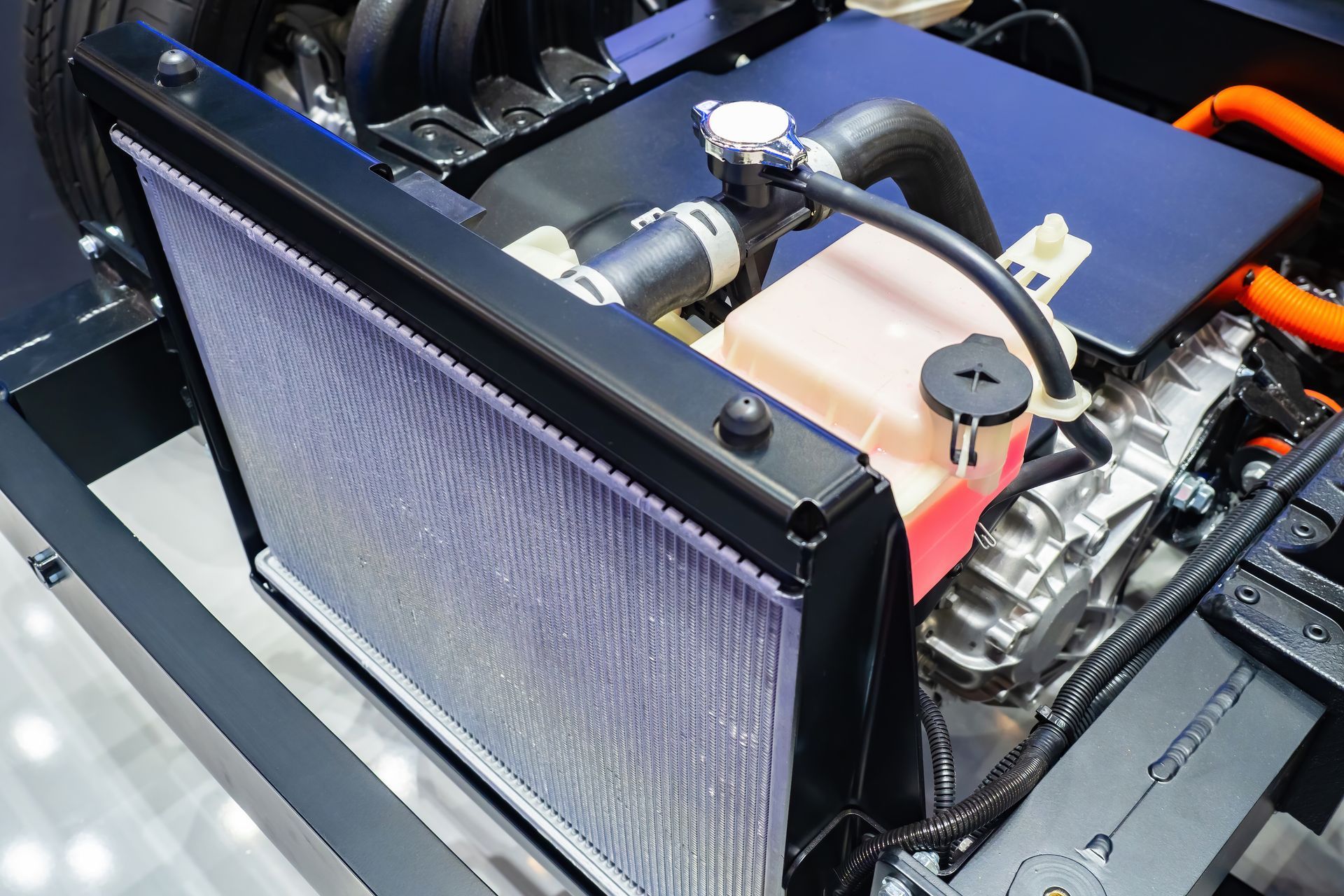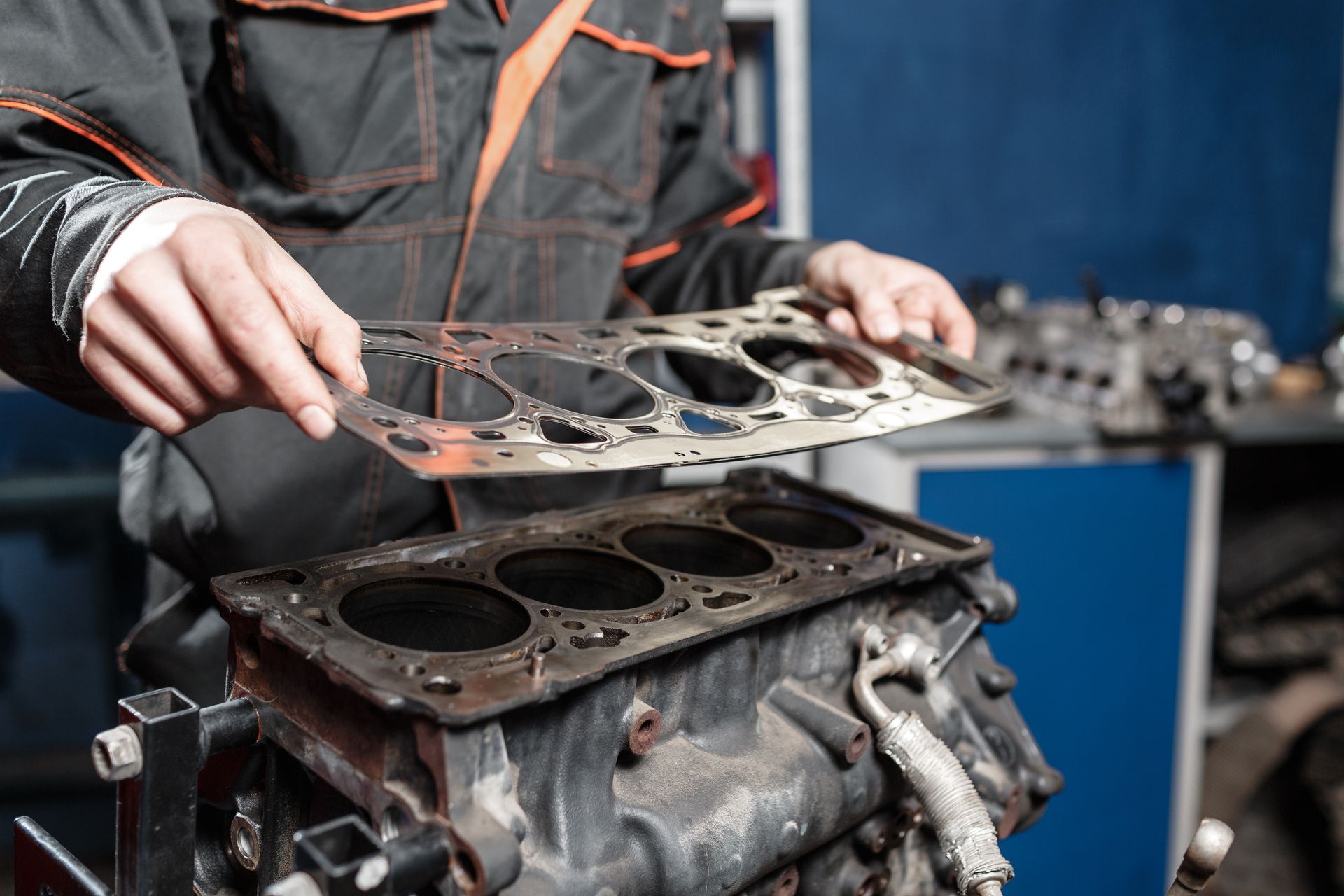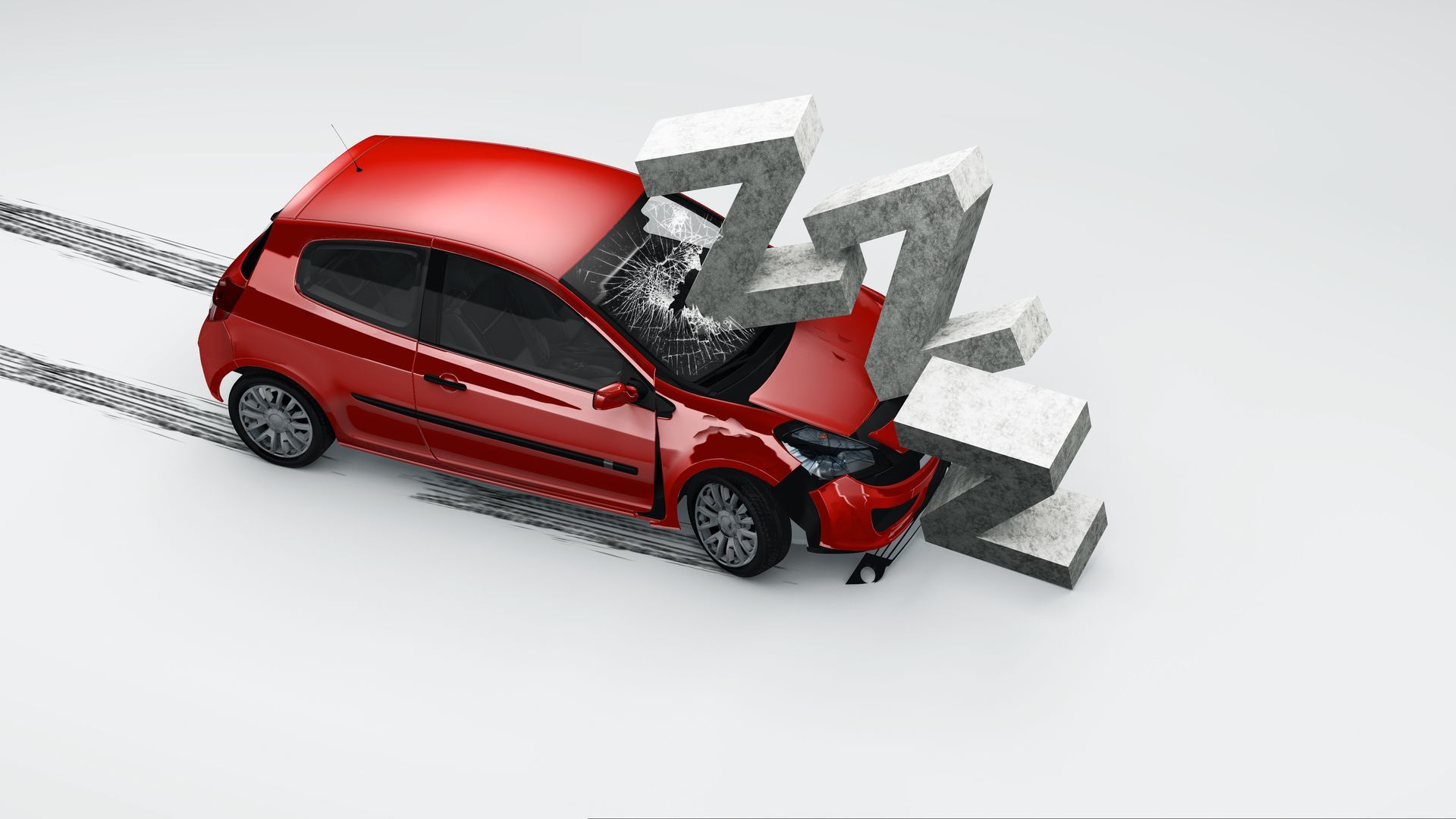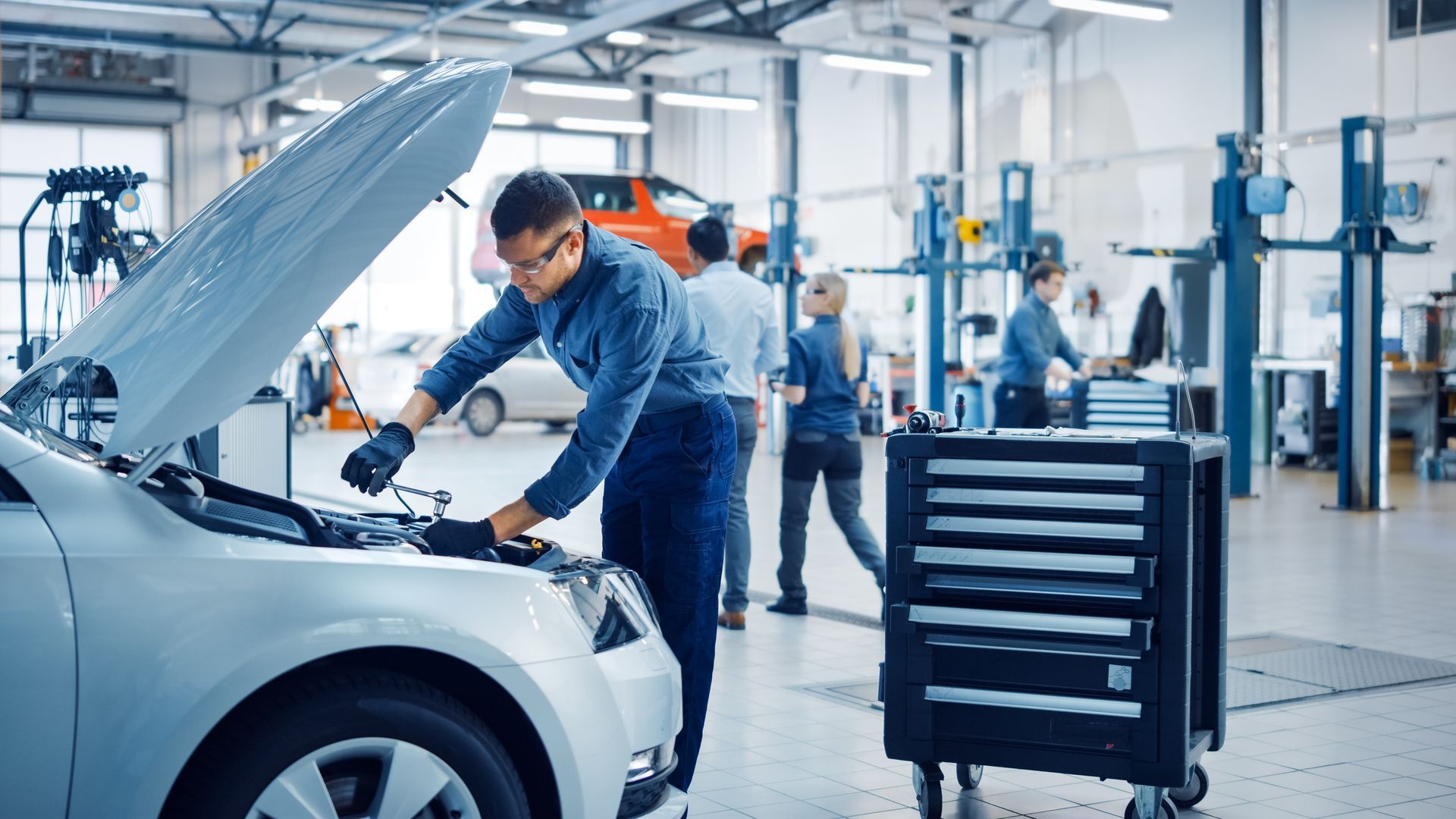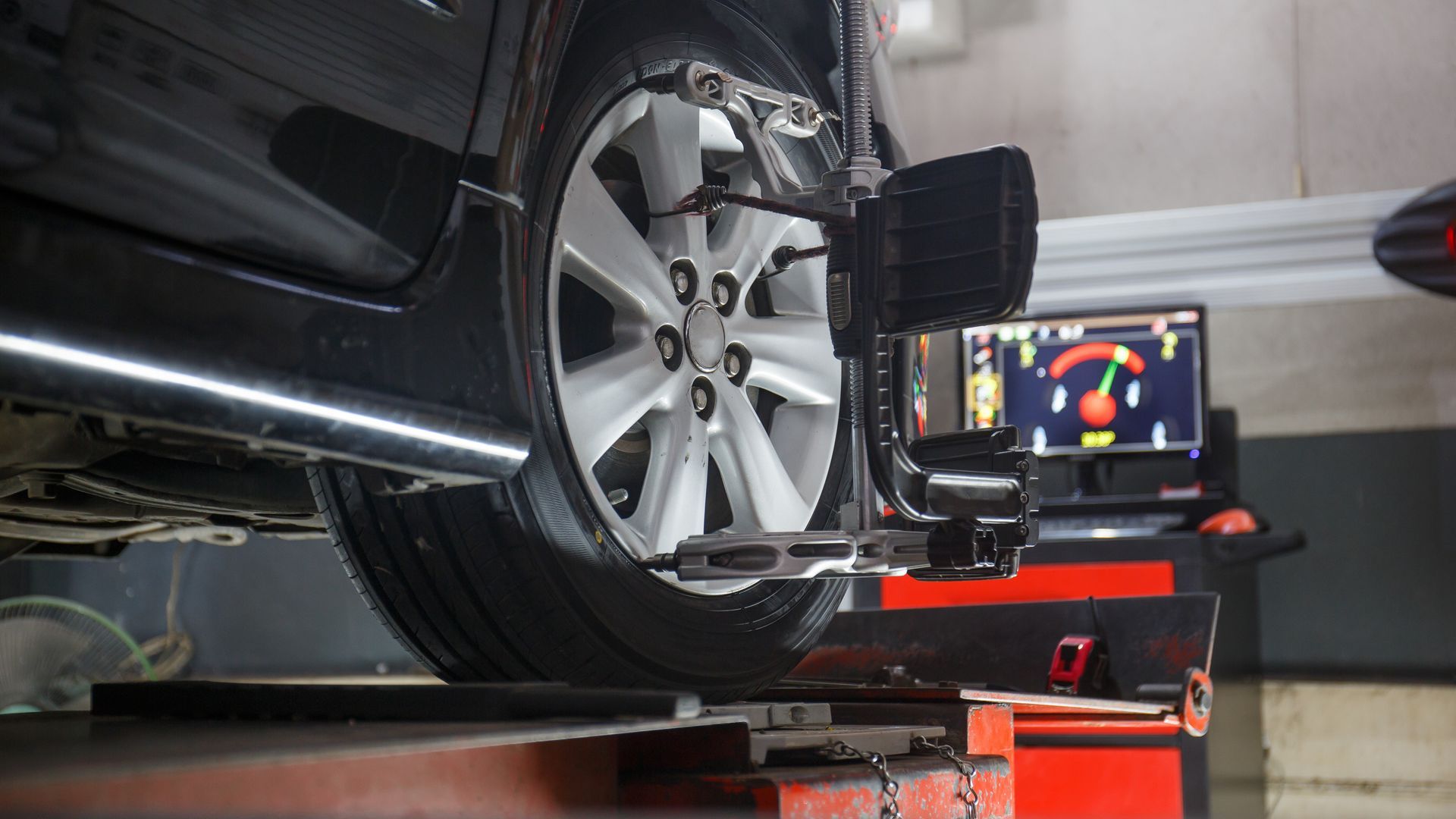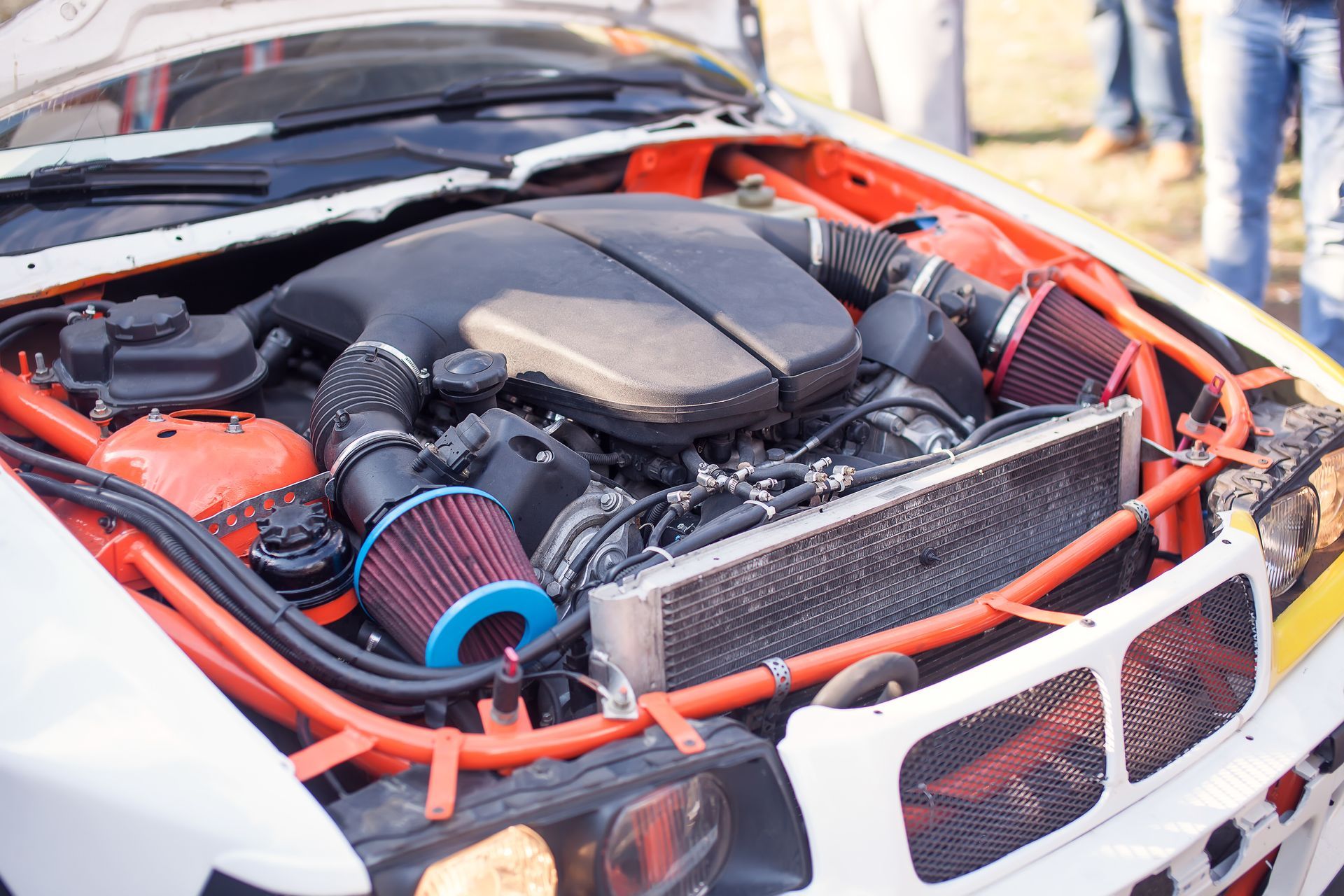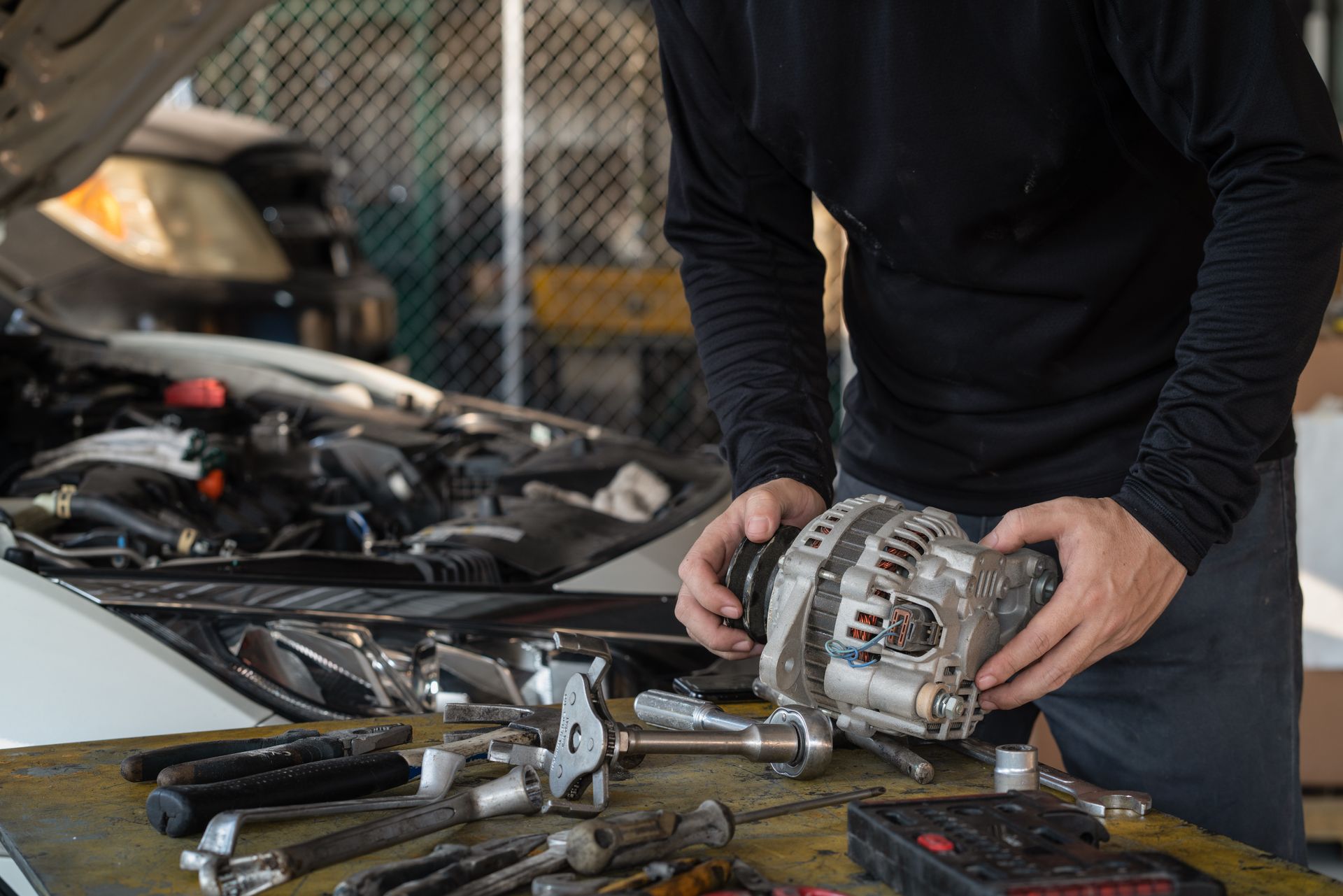Modern engines are marvels of engineering designed to deliver optimum performance, efficiency, and emissions control. One of the critical aspects of this performance is how the engine manages fuel injection and air intake. These processes are integral to the internal combustion engine's functionality, ensuring the right mix of fuel and air for efficient combustion. But how exactly does the engine control these functions?
The Role of the Engine Control Unit (ECU)
At the heart of the engine's control system is the Engine Control Unit (ECU). Often referred to as the car's brain, the ECU is an advanced computer that continuously monitors and regulates various engine parameters to ensure optimal performance.
The Eyes and Ears of the ECU
The ECU relies on numerous sensors to gather real-time data about the engine's operating conditions. These sensors include the Mass Air Flow (MAF) sensor, Oxygen (O2) sensors, Throttle Position Sensor (TPS), and many others. Each sensor provides specific information, such as the amount of air entering the engine, the temperature of the incoming air, the position of the throttle, and the levels of oxygen in the exhaust gasses.
Processing the Data
Once the sensors collect the data, the ECU processes this information using complex algorithms and pre-set maps. These maps are essentially tables that the ECU uses to determine the optimal amount of fuel to inject and the correct timing for air intake. The goal is to maintain the ideal air-fuel ratio, which is typically around 14.7:1 for gasoline engines, known as the stoichiometric ratio. This ratio ensures complete combustion of the fuel, maximizing power and minimizing emissions.
Fuel Injection Control
Fuel injection has evolved significantly over the years, from mechanical systems to sophisticated electronic control. Modern engines use electronic fuel injection (EFI), which allows for precise control over the amount and timing of fuel delivery.
Types of Fuel Injection Systems
Several fuel injection systems exist, including Port Fuel Injection (PFI) and Direct Injection (DI). In PFI systems, fuel is injected into the intake manifold, where it mixes with air before entering the combustion chamber. In DI systems, fuel is injected directly into the combustion chamber, allowing for finer control over the fuel-air mixture and improving efficiency and power.
Injector Operation
The ECU controls the injectors, which are electrically operated valves. Based on the data from the sensors, the ECU determines the precise amount of fuel to inject into each cylinder and the exact timing of the injection. This process is crucial for maintaining the ideal air-fuel ratio, optimizing combustion, and reducing emissions.
Air Intake Control
Just as important as fuel control is the regulation of air intake. The amount of air entering the engine must be precisely managed to ensure efficient combustion.
Throttle Control
The throttle controls the engine's air intake. In modern engines, an electronic throttle control system (drive-by-wire) is commonly used. Instead of a direct mechanical link between the accelerator pedal and the throttle, the ECU controls the throttle based on input from the pedal position sensor. This setup allows for more precise control of the air intake and improves throttle response and fuel efficiency.
Variable Valve Timing (VVT)
Many modern engines also incorporate Variable Valve Timing (VVT) technology, which adjusts the timing of the intake and exhaust valves. By varying the valve timing, the engine can optimize air intake and exhaust flow for different operating conditions, improving performance, fuel efficiency, and emissions control.
Balancing Performance and Efficiency
One of the key benefits of modern engine management systems is the ECU's ability to balance performance and efficiency. By precisely controlling fuel injection and air intake, the ECU ensures that the engine operates at its best under all conditions.
Adaptability
One of the remarkable features of modern ECUs is their adaptability. They can adjust to changing conditions, such as variations in fuel quality, altitude, and temperature. This adaptability ensures that the engine continues to perform efficiently and reliably, regardless of external factors.
Emission Control
Strict emissions regulations have driven advancements in engine control technology. The ECU is crucial in minimizing harmful emissions by ensuring complete combustion and regulating the air-fuel mixture. Advanced systems, such as Exhaust Gas Recirculation (EGR) and catalytic converters, work in conjunction with the ECU to further reduce emissions.
Ensure your vehicle's engine runs smoothly with
regular maintenance from
Green Tech Garage. Book your appointment today!


